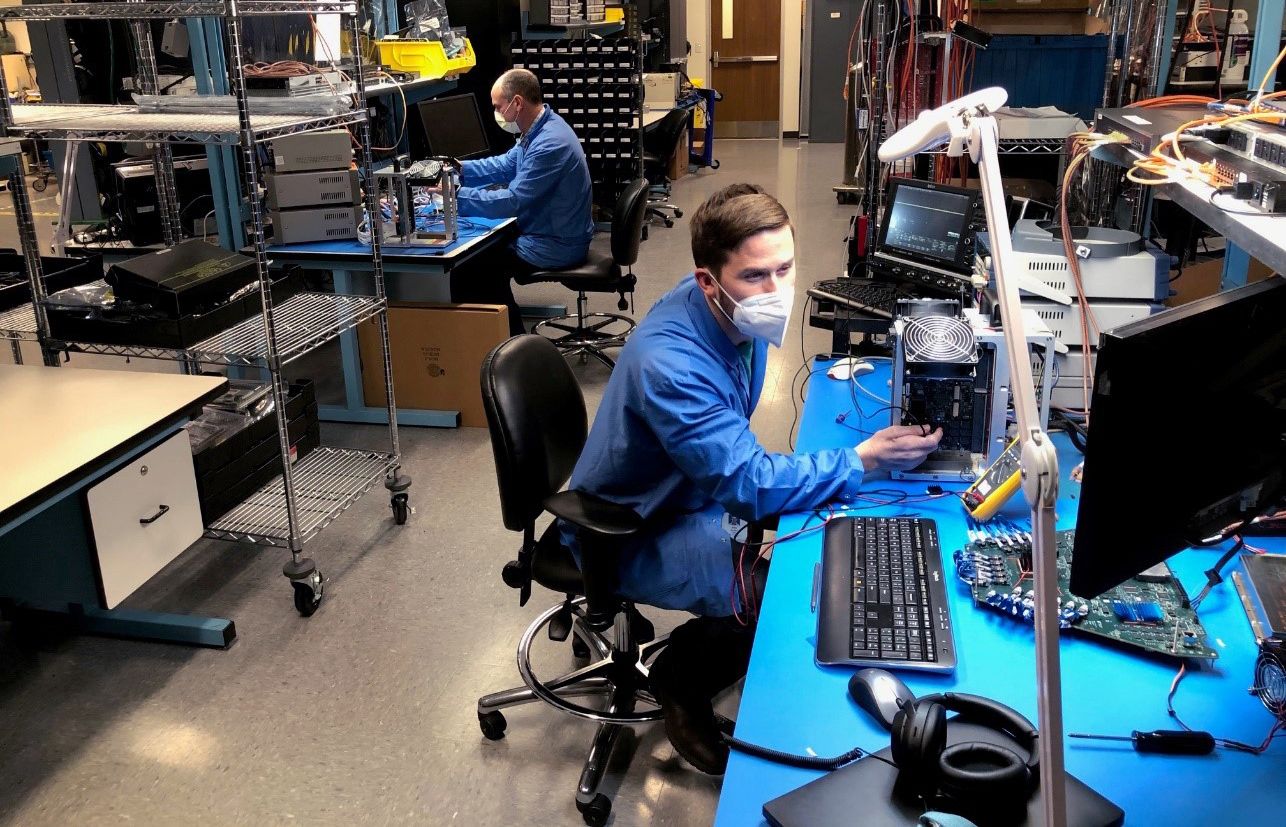What is Anti-Tamper Technology?
Anti-Tamper technology deters, detects, and mitigates unauthorized access, alterations or interference with software, hardware, or systems. These technologies protect sensitive data, obstruct reverse engineering, and prevent security breaches.
CHALLENGE
Edge computing is more vulnerable to cyber and physical attacks
SOLUTION
Anti-Tamper solutions enhance system security, making it difficult for attackers to extract, modify, or reverse engineer critical technologies that may compromise system reliability, operation or both. By protecting data from being intercepted, exposed, modified, or replaced, they safeguard the confidentiality, integrity, and authenticity, of critical information.

Prevent Reverse Engineering
Anti-tamper techniques such as data-at-rest (DAR) protections, cryptography, authenticated boot, system verification, secure system management, tamper-resistant sensors, and protective volumes/barriers mitigate attackers access to sensitive IP. Obfuscated, self-checking, and polymorphic software are designed to make reverse engineering difficult and time-consuming for an attacker.

Protect Data in Transit and Data at Rest
Anti-tamper implementations typically ensure that no device, data set, or system can be altered without detection.
Side-channel resistant cryptography with protected root keys and integrated physically unclonable functions (PUFs) can protect data at rest. When a secure system Is turned on, secure boot establishes a layered approach to security, building system protection step by step.

Strengthen Zero Trust Security
Zero Trust security is designed to protect against internal and external threats by assuming no user or device, regardless of location, can be trusted by default, and verifying access requests before granting them.
Anti-tamper capabilities can remotely attest software configuration and ensure software-based Zero Trust capabilities remain intact and operational as intended.
Secure boot processes ensure only verified and authorized software run on a device, preventing malicious code from establishing a persistent foothold. Tamper detection mechanisms can identify unauthorized attempts to access a device, allowing alerts and countermeasures to stop threats before they escalate.

Deploy Faster with Proven Security Elements
Mercury's BuiltSECURE™ technologies are modular, commercial secure processing products with optional services and artifacts. BuiltSECURE solutions can successfully address program protection plan anti-tamper, cyber, assurance, and trust-related security requirements that enable direct commercial sale (DCS) and foreign military sale (FMS) exports.
Frequently Asked Questions:
Systems at the edge are often deployed unattended, in hostile environments where they can be lost and accessed. Attackers can probe and analyze hardware components to discover and exploit vulnerabilities. They can also extract or replicate software to steal intellectual property.
Most Edge computing subsystems comprise of multiple integrated processing modules. For these subsystems to be zero trust, they need to internally validate all inter-module inter-module interactions across subsystems, and all intra-module interactions within a single subsystem at each module’s’ boundary. This requires subsystem designs with multiple modules to implement internal cyber-defenses in case a module becomes compromised.
BuiltSECURE rugged, security-proven building blocks are backward compatible and developed using a system-level design approach for interoperability and ease of pre-integration. They decrease the risk, time, and cost to develop and verify processing systems handling sensitive information.
Mercury’s comprehensive systems security engineering (SSE) expertise has been built on the successful execution of multiple DCS and FMS export programs over the past two decades.

